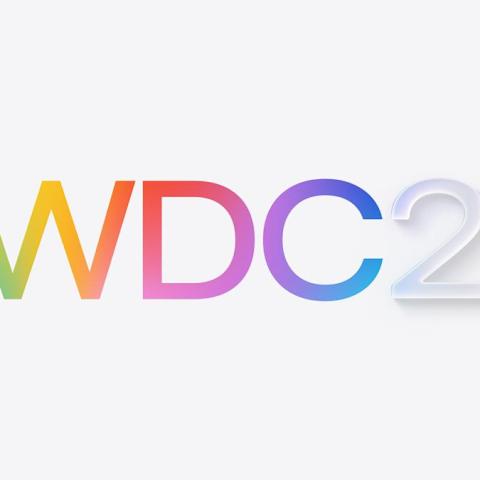The NATO summit held in The Hague was a major turning point. Finland’s President Alexander Stubb described it as “the birth of a new NATO.” Leaders from 32 member countries came together to agree on a significant increase in defense spending, returning to levels not seen since the Cold War. This change comes as a response to increasing security threats, particularly from Russia.
One key decision was to raise the target for defense spending from 2% of GDP to 3.5% by 2035. This adjustment aims not only to strengthen defenses but also to modernize infrastructure needed for military operations. This includes spending on roads and airfields, allowing quicker deployments. Interestingly, countries can now count the military assistance they send to Ukraine in their spending calculations, easing some of the financial burden.
However, the new spending level will pose challenges, especially for nations like Belgium, France, and Italy, which expressed concerns about meeting the targets. Spain has already voiced its refusal to join the agreement.
NATO Secretary-General Mark Rutte emphasized the commitment to NATO’s collective defense clause, Article 5. After years of uncertainty from the U.S. about its role in NATO, President Trump reassured allies that the U.S. remains committed to collective security. He noted that many leaders expressed gratitude for American support, signaling a unified front against external threats.
This summit also stood out for its limited focus on Ukraine. Unlike previous gatherings, the leaders refrained from discussing Ukraine’s potential membership. Instead, they reaffirmed ongoing support for the country, especially in light of Russia’s war that began in 2022. Despite this, President Zelenskyy was present and engaged with multiple leaders, indicating ongoing diplomatic efforts.
Recent surveys indicate that public support for defense spending is rising in NATO countries, driven by heightened tensions with Russia. A Pew Research study found that 62% of respondents in NATO member nations feel positive about increased military spending amid ongoing conflicts. This suggests a significant shift in public perception and political backing for the increased defense budgets.
In the modern context, NATO is not just about military strength; it’s also about collaboration among allies. Social media reflects this growing sentiment, with users emphasizing the importance of unity among NATO members. As leaders shift their focus towards shared security challenges, this summit could mark the beginning of a new era in global defense strategies.
The decisions made during this summit will undoubtedly resonate for years to come, shaping NATO’s approach to both defense and diplomacy in an increasingly complex world.




















